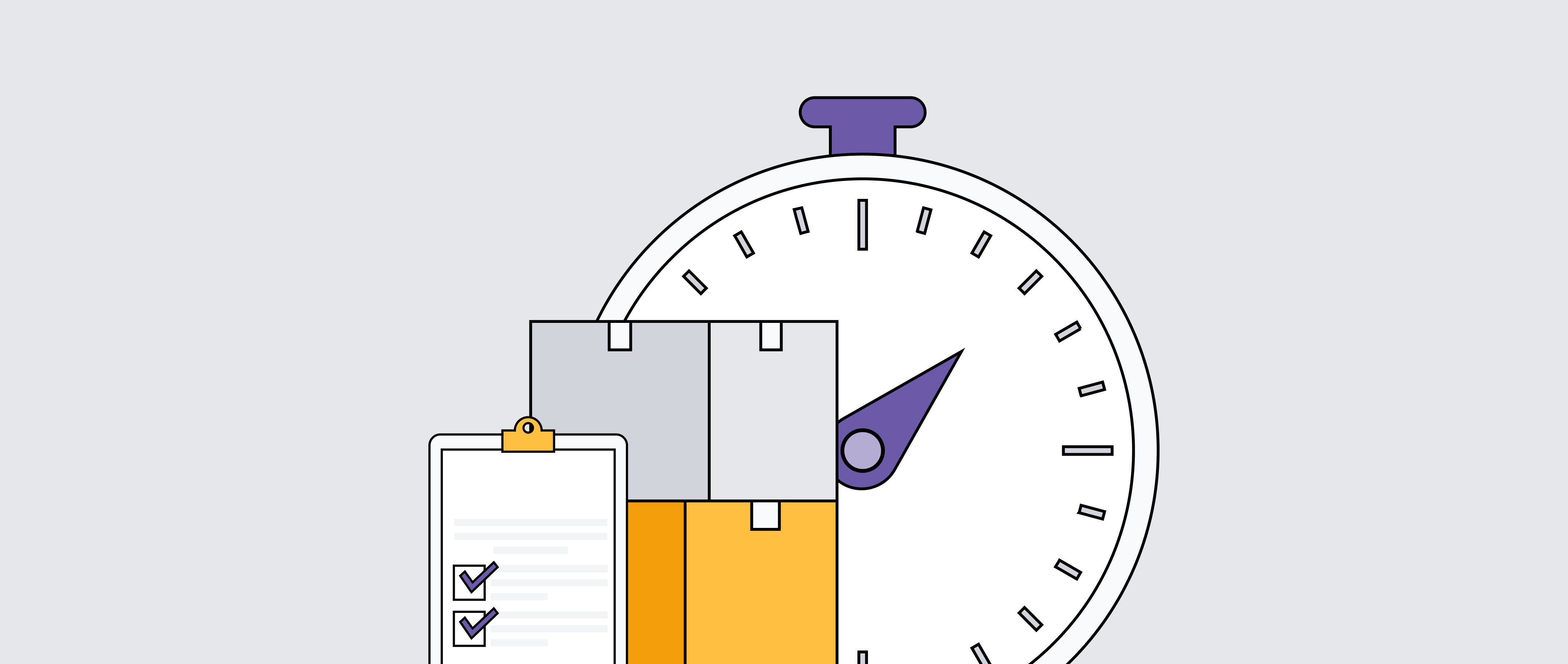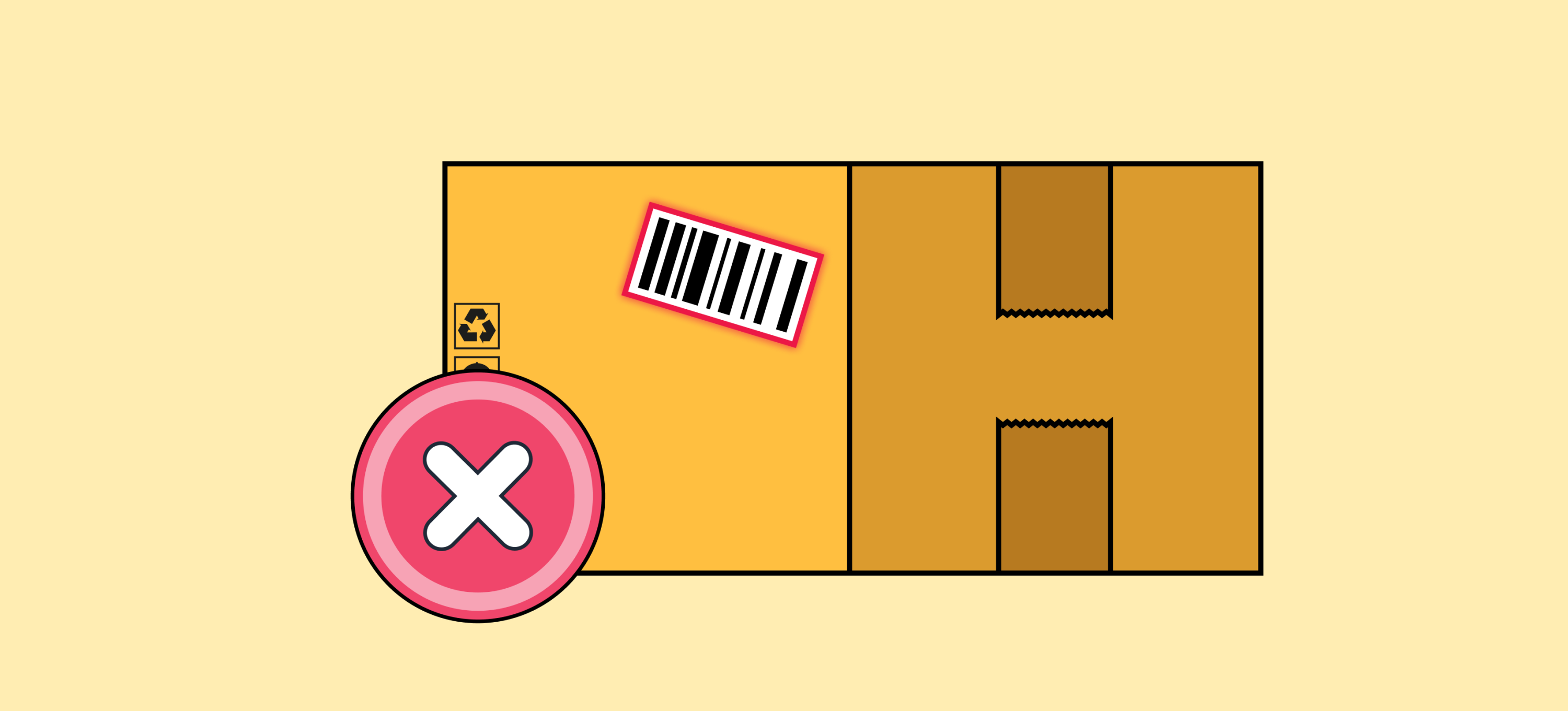
Sahiba Cuccria
8 mins read
6 mins read


Everyone knows the frustration of late deliveries. Who hasn’t nervously refreshed a tracking page, waiting for their partner’s birthday present to belatedly turn up?
For companies, late deliveries can be even more catastrophic. Many businesses operate just-in-time supply chains, which means customs delays can result in production downtime and disastrous financial losses.
Amazon has spoiled it for everyone. Long gone are the halcyon days when customers patiently awaited their deliveries. Now, people want next-day arrival, by-the-minute updates, and tracking to the nearest meter.
In fact, 14% of customers reported abandoning a company after just one late delivery, and 69% said they’d be less likely to shop with a retailer in the future after this experience.
The average customer acquisition cost (CAC) runs into hundreds of dollars in many industries, so companies need to be proactive in avoiding customs delays to prevent such losses.
Let's break down the typical steps involved:
We’d all like to blame customs officers for costly delays. However, the truth is that most are the result of mistakes made long before a package makes it to the border. That’s the bad news.
The good news is that the power to stop these delays is in your hands. Typically, the culprit is one of the three Ps listed below:
In this article, we’ll look at how these errors occur and how you can be proactive in stopping them. Because with suitable measures and the right help, you can prevent most delays before they happen.
That’s not to say every delay will be your fault. Sometimes, even the most prudently prepared consignment is in the hands of the gods (or at least, the hands of customs officers, which is more or less the same thing).
That’s right. It’s inevitable that sometimes you’ll face the dreaded:
Still, just because a delay is beyond your control, doesn’t mean you can’t do anything about it. So, we’ll also look at some of the best options for keeping customers in the loop when things do go wrong.
This is the big one. Most customs delays are the result of incomplete or inaccurate documentation. It’s easy to see why. There are 195 countries, each with its own rules and regulations and requiring a hundred different documents and declarations. A simple error in the tariff classification code, for example, can cause days of delays.

We know what you’re thinking: “I’m already an expert in one field. Isn’t that enough? Now I’m supposed to be an expert in customs and excise law too?” Well, not quite. There are actually things that can help you out.
Documentation issues can include:
What can you do?
Incorrectly packaged and labeled products can also be a nightmare to sort. And, once the consignment is out, you must rely entirely on someone else to resolve any problems. The good news is that this is one of the easiest problems to fix.

LOST PACKAGES
Probably the most frustrating experience for a customer to endure always starts with the question: “Where is my package?
What can you do?
This is especially true for international shoppers. For example, if you trade in China, provide your customers with a website in Cantonese (ideally using a .hk domain registration). Don’t rely on Google Translate to interpret your website as this rarely ends well.
Sometimes, you can’t prevent delays, even when you’ve done everything right. That said, you can be proactive about the situation. If you cannot avoid these delays, keep your customers happy by doing the following.
What can you do?
There are many reasons why your consignment could be delayed by customs, but being proactive can mitigate most of them.
Providing accurate, easy-to-understand information will also save you and your customers a lot of hassle. After all, we live in a world of technological wonders, so you should be using modern software solutions to avoid human error.
Finally, remember you don’t have to go it alone—ask for help when you need it. Your life will be easier, and your customers will thank you for it.